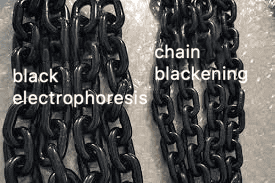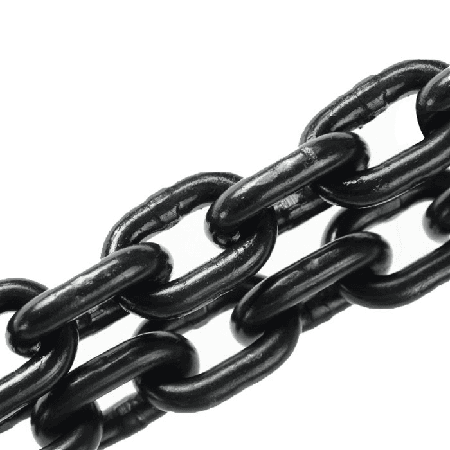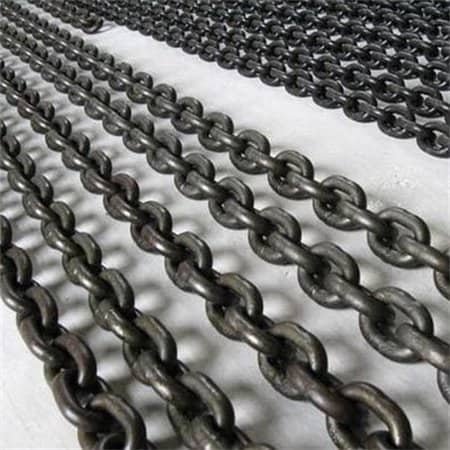Comparative analysis of chain blackening and black electrophoresis processes
In industrial production, the surface treatment of chains is a key step to ensure their durability and functionality. Chain blackening and black electrophoresis are two common surface treatment technologies. Although they can both improve the corrosion resistance and appearance of chains, they have their own characteristics and applicable scenarios.
What is Chain Blackening?
Chain blackening, also known as black oxide coating, is a chemical treatment process. The chains are immersed in a solution that forms a black oxide layer on the surface.
Advantages:
Cost-effective and fast processing speed.
It can improve the wear resistance and corrosion resistance of the chain.
The appearance after the surface treatment is uniformly black, beautiful, and generous.
Disadvantages:
The blackening layer is thin, and the corrosion resistance will decrease under long-term use.
The control requirements for the treatment process are high, otherwise, uneven colors are likely to be produced.
What is Black Electrophoresis?
Black electrophoresis is an advanced coating method where an electric current is used to deposit a thin, uniform black paint layer on the chain surface.
Advantages:
The formed coating is uniform and dense, with good corrosion and wear resistance.
The electrophoretic coating can be thicker and provide longer-lasting protection.
Environmentally friendly, the solution can be recycled, and there is less waste.
Disadvantages:
The cost is relatively high, and the equipment investment and operating costs are higher than chain blackening.
The process is complex and requires strict temperature and current control.
Key Differences Between Blackening and Black Electrophoresis

Chain blackening is suitable for occasions that are cost-sensitive and not required to be used in extreme environments, such as chains of ordinary machinery or non-heavy-load applications. Black electrophoresis is more suitable for applications requiring long-term corrosion resistance and high-intensity protection, such as the automotive industry, marine engineering, and other fields.
| Aspect | Chain Blackening | Black Electrophoresis |
| Process | Chemical reaction | Electrophoretic coating |
| Appearance | Matte black | Glossy black |
| Corrosion Resistance | Moderate | High |
| Durability | Limited | Excellent |
| Cost | Economical | Relatively higher |
| Applications | Indoor or low-moisture environments | Harsh or outdoor conditions |
Choosing the Right Option
When deciding between chain blackening and black electrophoresis, consider:
- Environment: Will the chain be used indoors or outdoors?
- Budget: How much are you willing to invest?
- Performance Needs: Is high corrosion resistance a priority?
Conclusion
The selection of suitable chain surface treatment technology needs to be determined according to specific application requirements, cost budget, and expected use environment. Understanding the specific advantages and disadvantages of chain blackening and black electrophoresis can help users make more reasonable decisions, thereby extending the service life of the chain and improving the performance of the overall equipment.
Related Post


